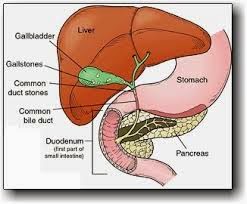How do you say CAPO in English?

"Well, if they keep calling me a CAPO in Ecuador we could always send them some flowers or that thing called yucca." In Spanish a CAPO is a man, usually the leader of a criminal organization, who does not usually involve directly with his own business and commands everything from a discreet and remote position, more specifically, a Mafia leader. The word CAPO is originally Italian not Spanish and is also used in English but is still considered an alien word. Curiously, the word CAPO is not as frequent as another, also an alien word, DON. In fact, there seems to be an underlying difference between both terms- DONS are CAPOS but of he highest possible kind.





